WHAT ARE VIEWING STONES?
Definition and a Brief History
-
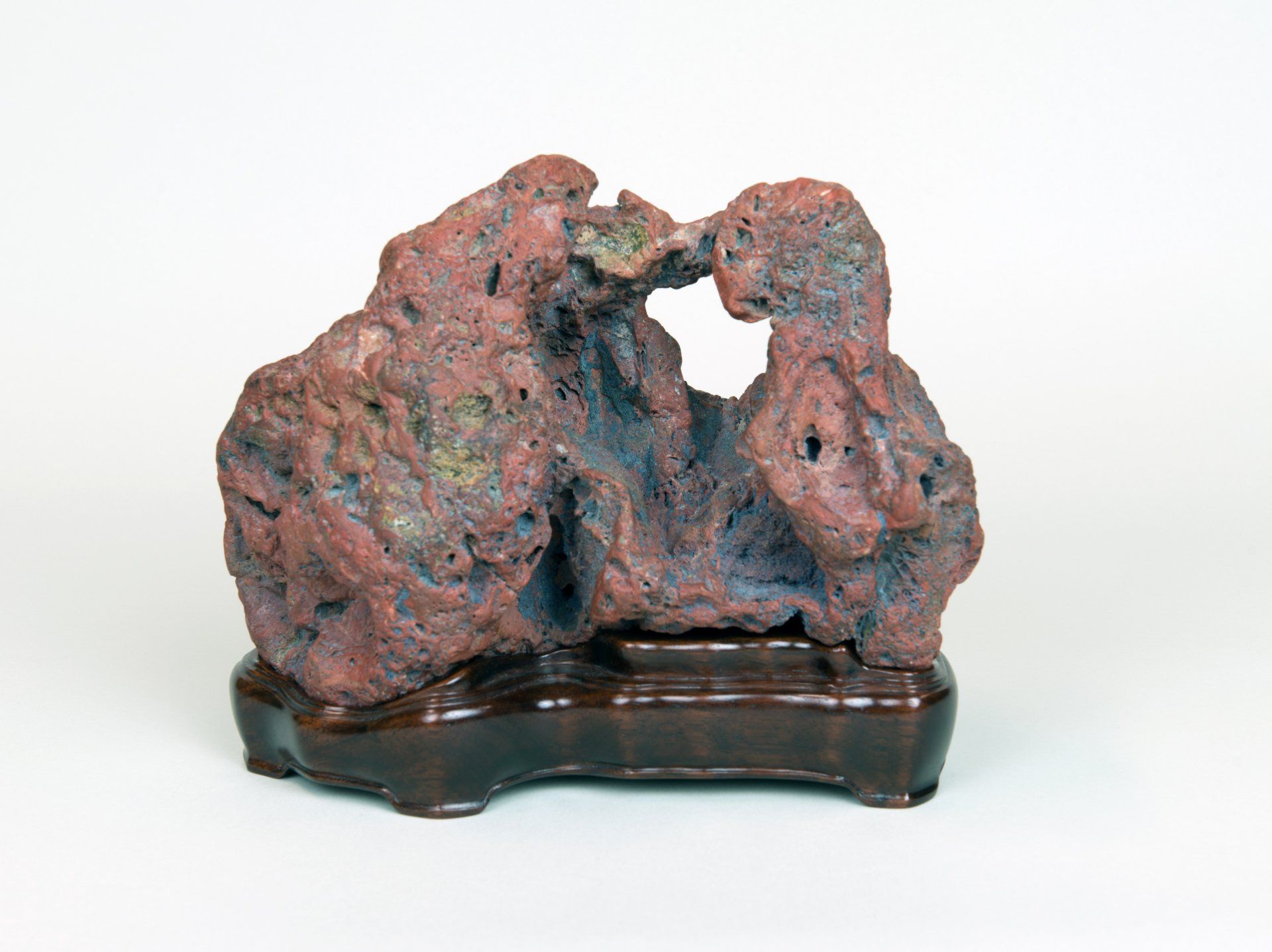
Slide title
Write your caption hereButton 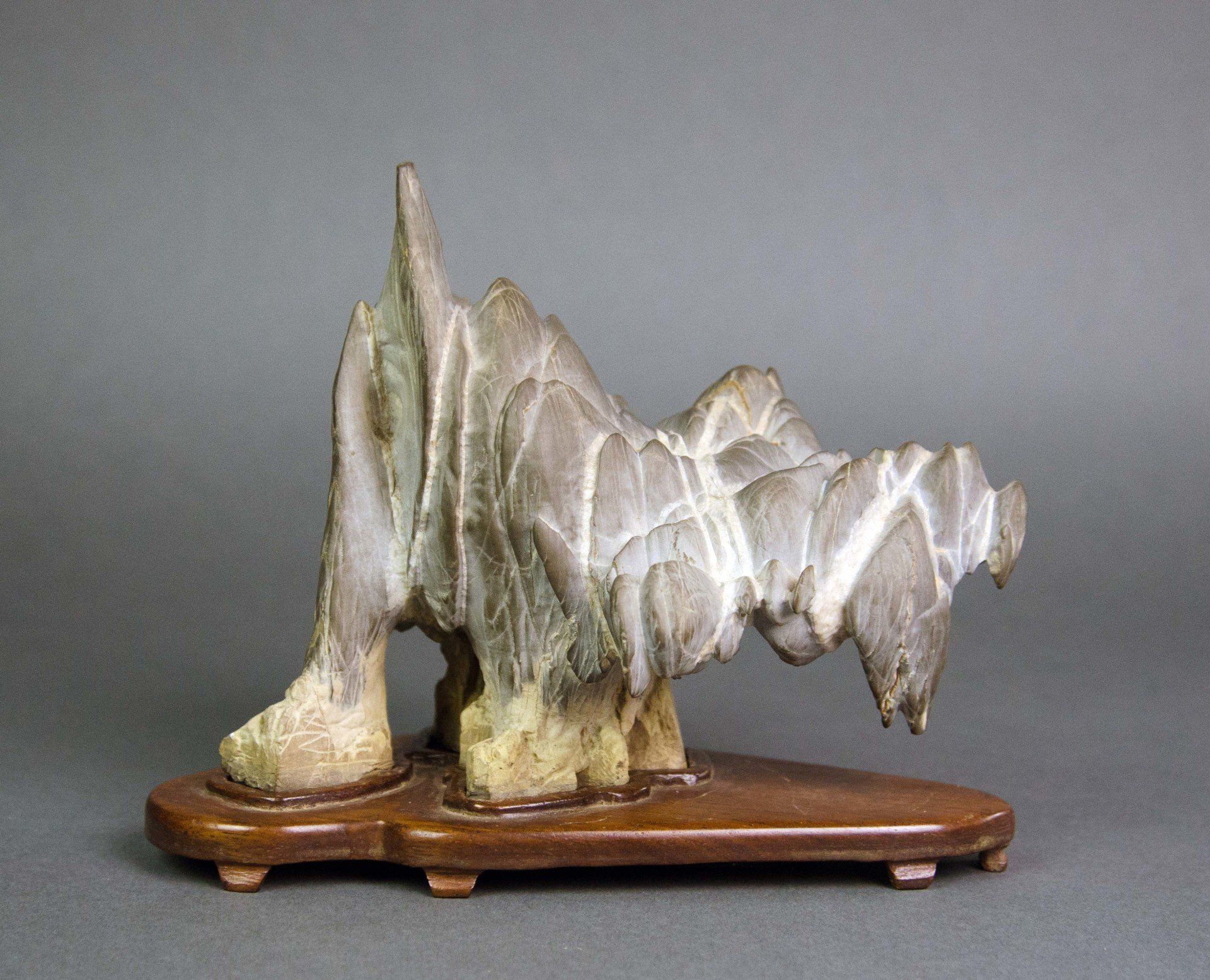
Slide title
Write your caption hereButton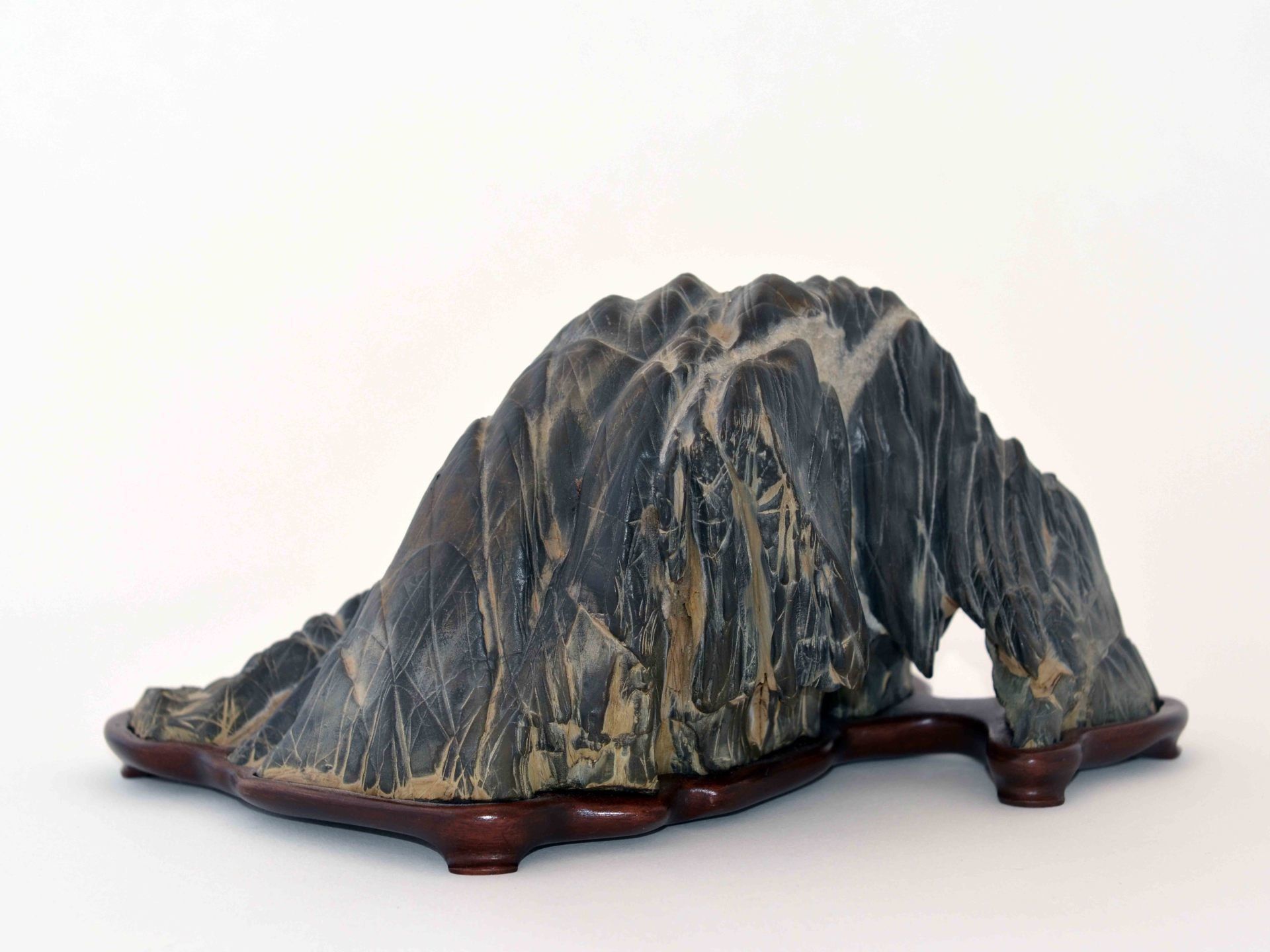
Slide title
Write your caption hereButton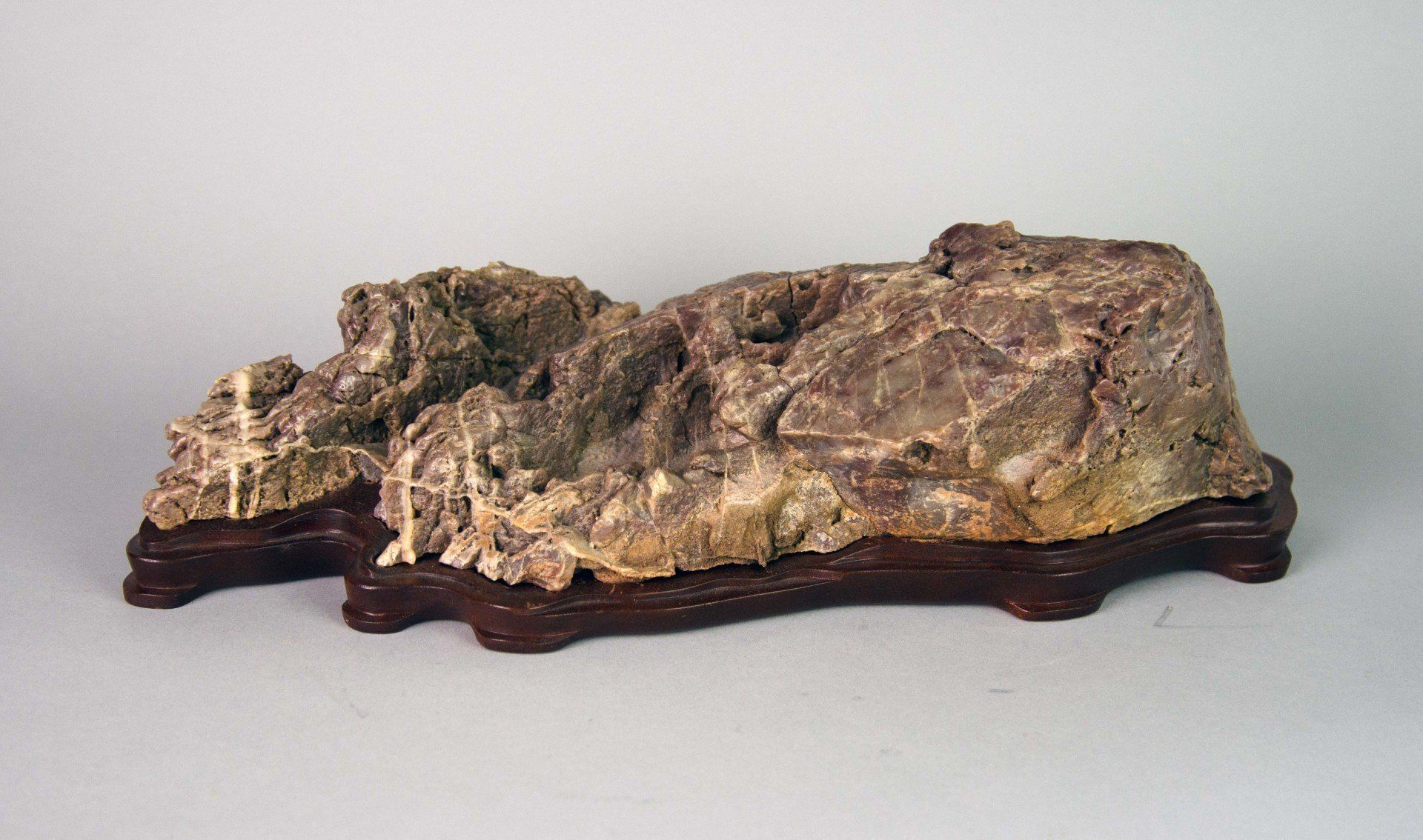
Slide title
Write your caption hereButton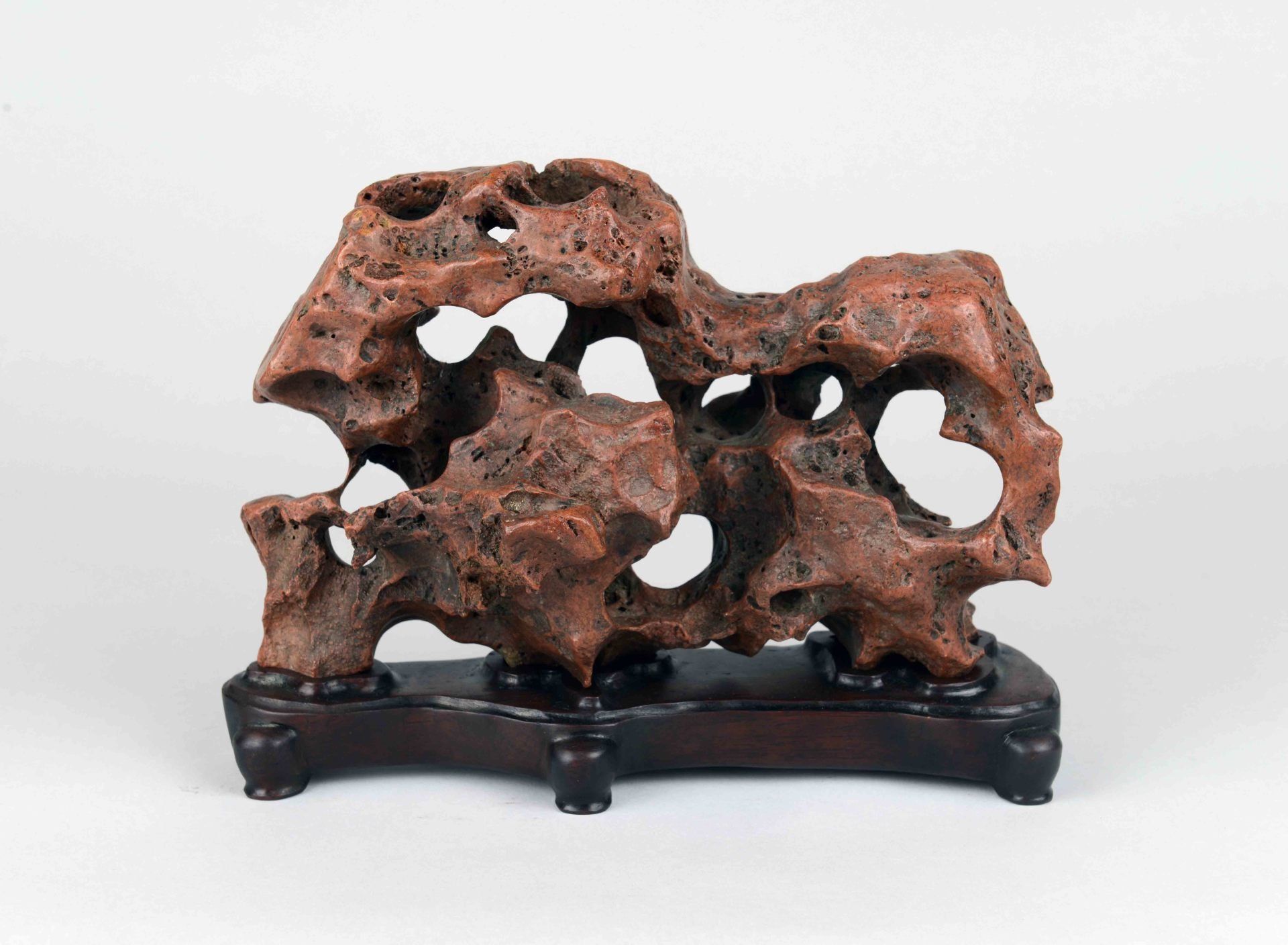
Slide title
Write your caption hereButton
Slide title
Write your caption hereButton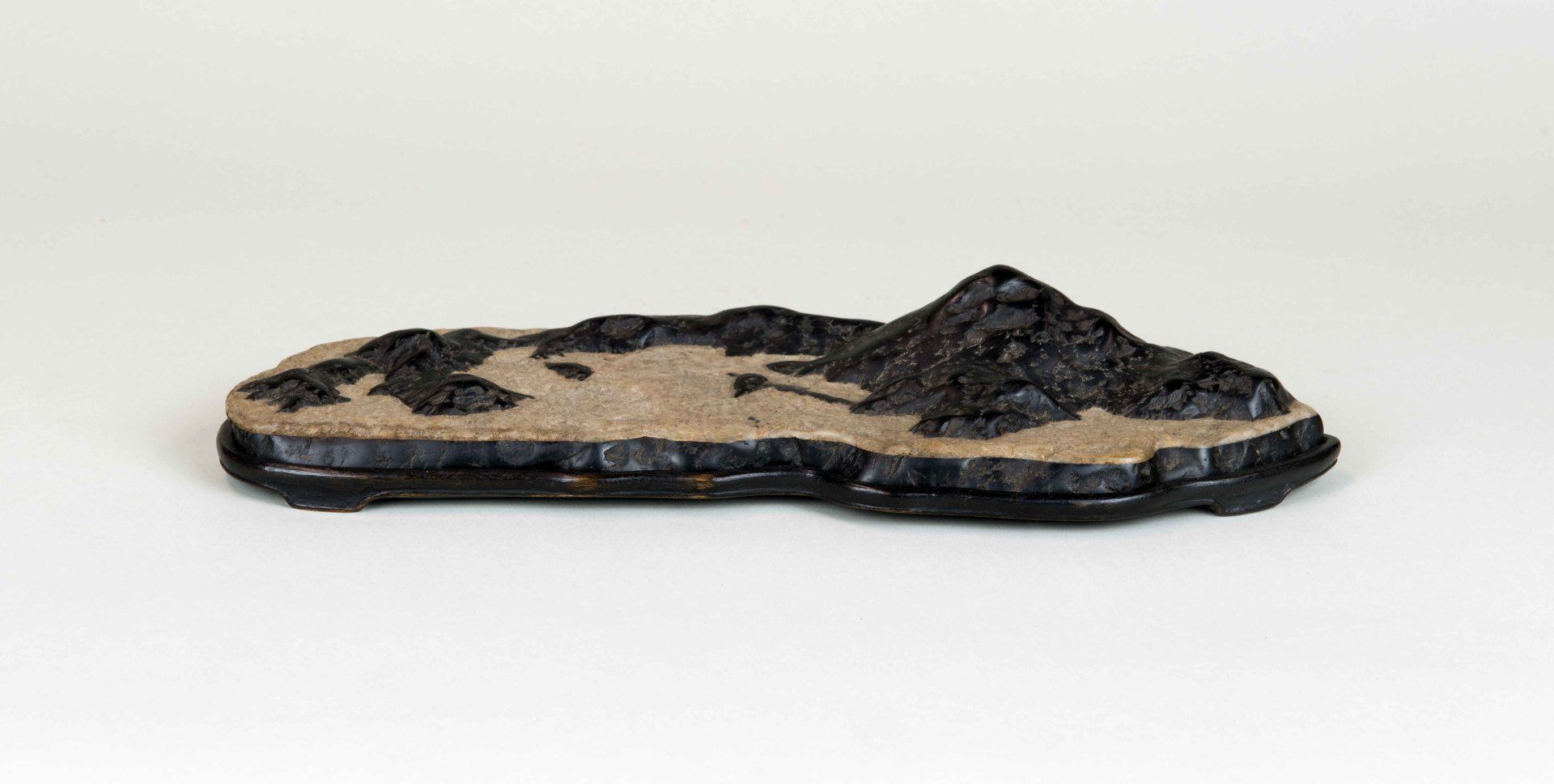
Slide title
Write your caption hereButton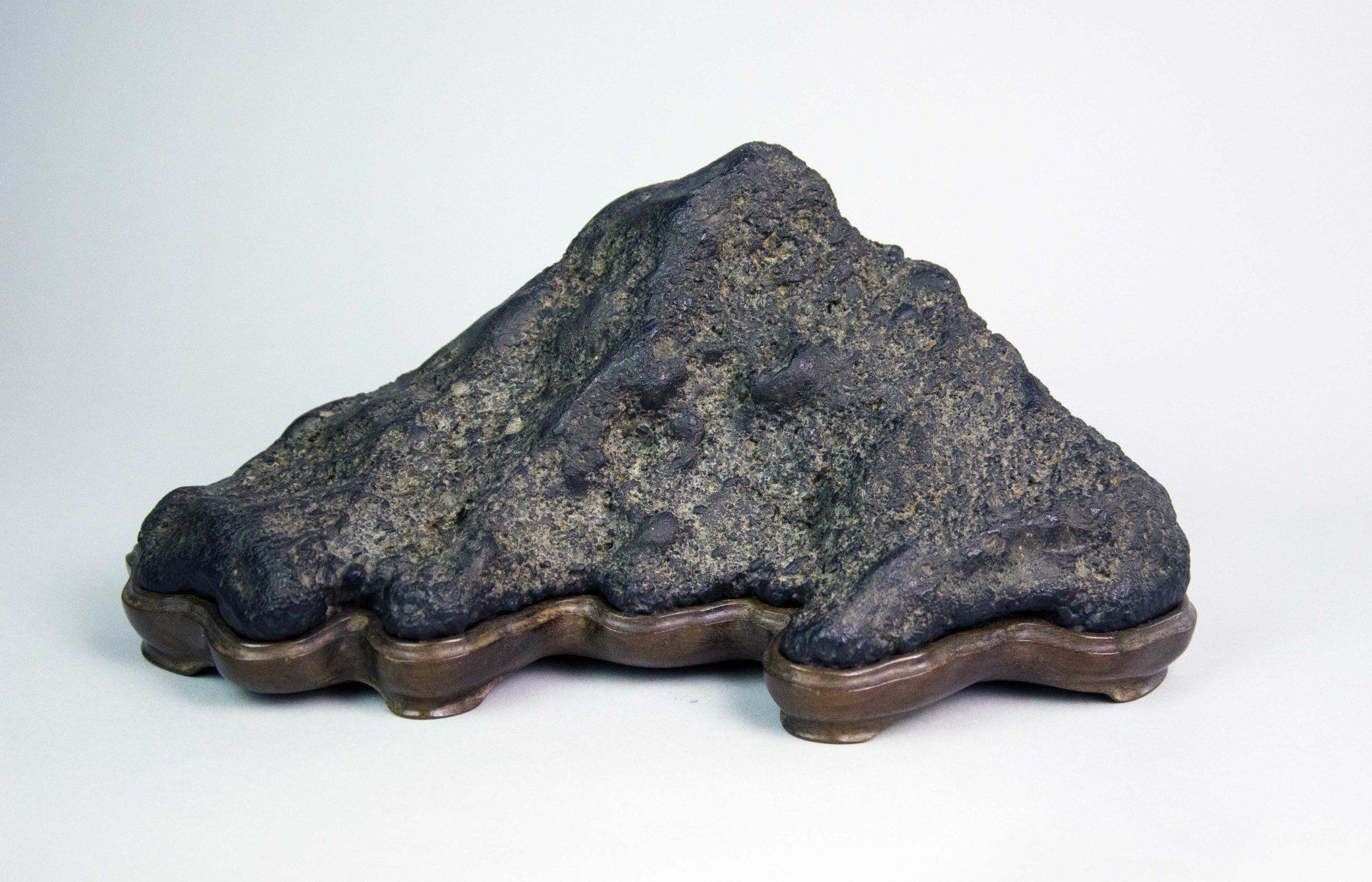
Slide title
Write your caption hereButton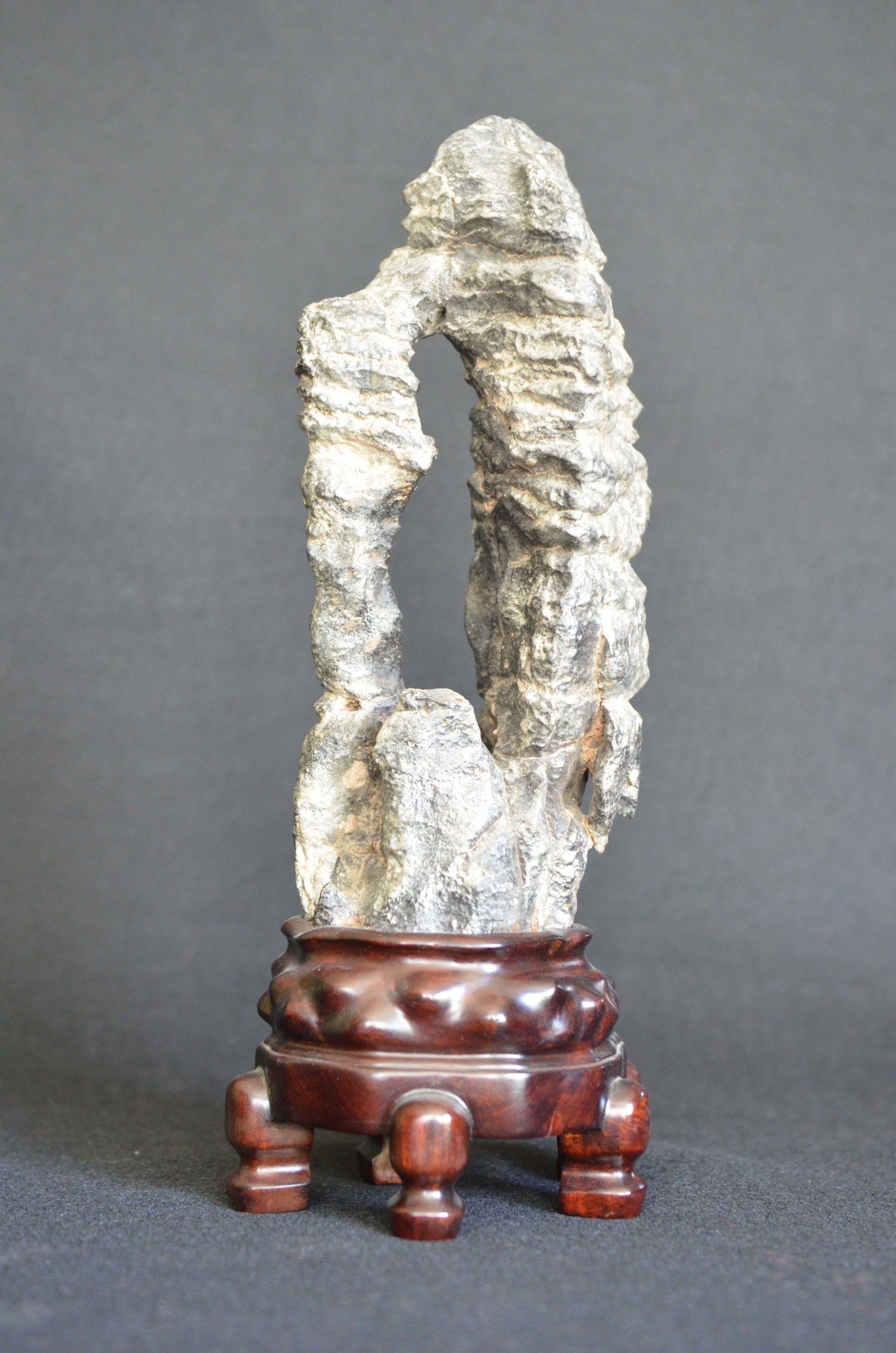
Slide title
Write your caption hereButton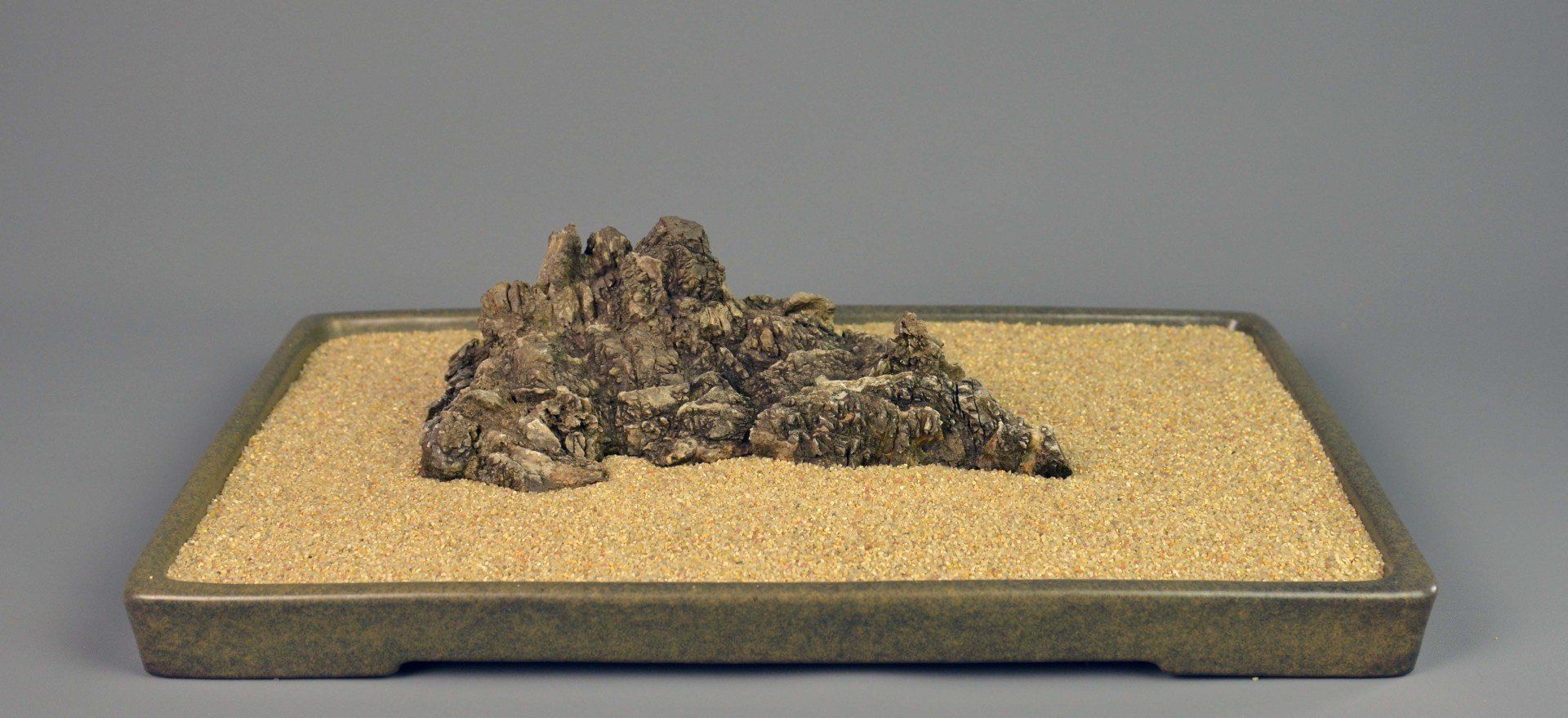
Slide title
Write your caption hereButton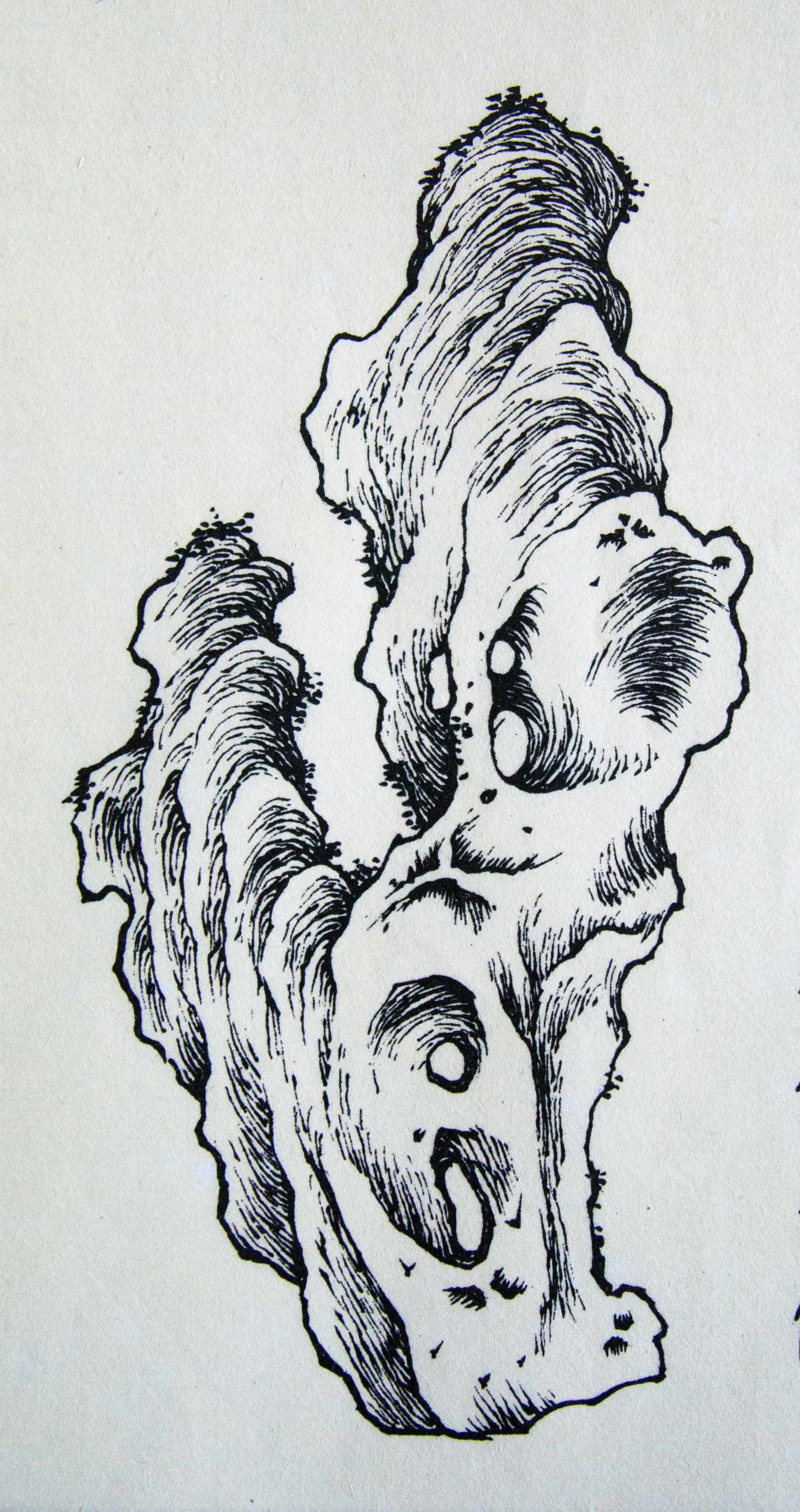
Slide title
Write your caption hereButton
WHAT ARE VIEWING STONES?
The ancient Asian custom of bringing home unusual and/or beautiful stones originated in China and spread to Japan and Korea before reaching the rest of the world. These stones were viewed and appreciated for their forms and features that aroused emotion or suggested something greater than the stone itself. Viewers used stones mainly for contemplation, but also relaxation and even as playful objects. These stones and the way they are displayed, remind viewers of objects in our lives. The most common and easiest to understand are ones that resemble different aspects of natural scenes such as mountains or mountain ranges, plateaus, arches, waterfalls, or other landscapes. Stones may be abstract in form; others may suggest a structure such as a boat or a hut, or they may suggest a figure, real or mythical. It is the art of viewing a stone’s form, surface patterns, color, and the imaginary world that it suggests that is important.
Thus, a viewing stone is a rock that has been selected and displayed for the purpose of aesthetic appreciation.
Stone appreciation in China dates back more than 2,000 years, so it is not surprising than many words have been used to describe viewing stones in different regions of the countries. This is true in Japan and Korea, although fewer words were used over time. Now, the term suiseki
is used most commonly in Japan for certain stones that are appreciated for their aesthetic qualities. But there isn’t even a consensus among Japanese stone collectors as to the definition of suiseki. In western countries, the word suiseki
has been misapplied to include almost any type of stone. In Korea, the word suesok
is most commonly used. Many other artificial categories of stone types have been described. We prefer to use the term viewing stones because they can refer to stones globally that have aesthetic qualities without bias. More importantly, the words viewing stone clearly expresses the purpose of viewing and appreciating an unusual stone, and its implications are usually easily understood.
Following traditions established in China and Japan, a viewing stone can be a completely natural rock (after cleaning), an enhanced stone that has been partially modified to improve its appearance or to make a more stable bottom for display or entirely manufactured or carved from large blocks of stone to a desired size and form. The Chinese Youlin
stones and the Japanese Yojuro-ishi
are good examples. Artisans have also made viewing stone-like objects from wood and ceramics. The leading stone societies in both China and Japan have included manufactured stones in their exhibitions, subsequent exhibit catalogs, and books on stones.
For most enthusiasts, viewing stones represent permanent or long-lasting features in our natural landscape; however, temporary nature features can also be represented in viewing stones. Examples of this include a stone that is displayed as a moving wave approaching a beach or a patterned stone that suggest waves, clouds, or birds flying. These often make dynamic viewing stones since such events as fire, wind, waves, and decay are all-natural features of our landscape.
Stone shapes may suggest real figures such as animals and people. Some forms can represent imaginary spirits, ghosts, and mythical creatures such as dragons in literature or in movies. Still, other stones have abstract shapes. These irregularly shaped rocks, often with holes, crevices, ridges, and with smooth to rugged surfaces, first attracted the attention of ancient Chinese scholars who discussed and debated the meaning of these stones. Some scholars praised the features of these stones in their poetry while others skillfully rendered them in paintings.
Viewing stones serve:
- to bring aspects of nature and landscapes into our homes to admire and appreciate their aesthetic features,
- as objects for contemplation and reflection,
- for imaginary excursions to escape from our everyday lives,
- for more restful or playful purposes.
Viewing stones can be appreciated by people of all ages and from hobbyists to connoisseurs. They are wonderful art objects that can be treasured and passed down to future generations.

